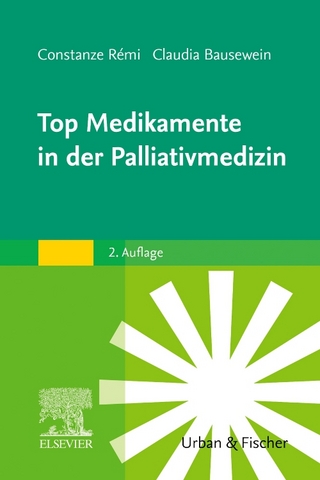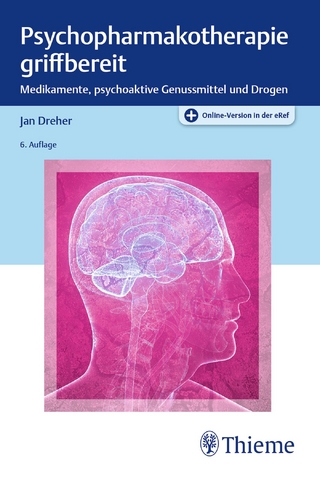
Applied Cardiovascular Physiology
Springer Berlin (Verlag)
978-3-642-64512-9 (ISBN)
Basic Cardiovascular Physiology.- Left Ventricular Pump Function.- Left Ventricular Afterload and Ventriculo-Arterial Coupling.- The Cardiovascular Management of the Critically ill Patient.- Right Ventricular Function.- Pharmacologic Support of Critically ill Patients.- Heart-Lung Interactions.- Physiology of Tissue Oxygen Delivery.- Splanchnic Blood Flow.- Tissue Oxygenation.- Clinical Applications.- Rationale for Hemodynamic Monitoring.- Invasive Hemodynamic Monitoring.- Analog Values From Invasive Hemodynamic Monitoring.- Non-Invasive Hemodynamic and Metabolic Monitoring.- Non-Invasive Estimation of the Effective Pulmonary Blood Flow and Gas Exchange From Respiratory Analysis.- Hemodynamic Assessment of the Critically ill Patient Using Transesophageal Echocardiography.- Goals of Resuscitation.- Physiology of VO2/DO2.- Pathophysiology of VO2/DO2 in Sepsis.- Metabolic Targets in Acute Resuscitation.- Cardiovascular Support by Hemodynamic Subsets.- Hemorrhagic Shock: From Physiology to Molecular Biology.- Cardiogenic Shock.- Cardiovascular Support by Hemodynamic Subset: Sepsis.- Extracorporeal Support.
| Erscheint lt. Verlag | 16.9.2011 |
|---|---|
| Reihe/Serie | Update in Intensive Care and Emergency Medicine |
| Zusatzinfo | X, 263 p. |
| Verlagsort | Berlin |
| Sprache | englisch |
| Maße | 155 x 235 mm |
| Gewicht | 428 g |
| Themenwelt | Medizin / Pharmazie ► Medizinische Fachgebiete ► Intensivmedizin |
| Medizin / Pharmazie ► Medizinische Fachgebiete ► Notfallmedizin | |
| Schlagworte | cardiovascular function • cardiovascular physiology • Echocardiography • pathophysiology • pharmacology • Physiology • Resuscitation • Sepsis • shock • vasoactive support |
| ISBN-10 | 3-642-64512-7 / 3642645127 |
| ISBN-13 | 978-3-642-64512-9 / 9783642645129 |
| Zustand | Neuware |
| Haben Sie eine Frage zum Produkt? |
aus dem Bereich


